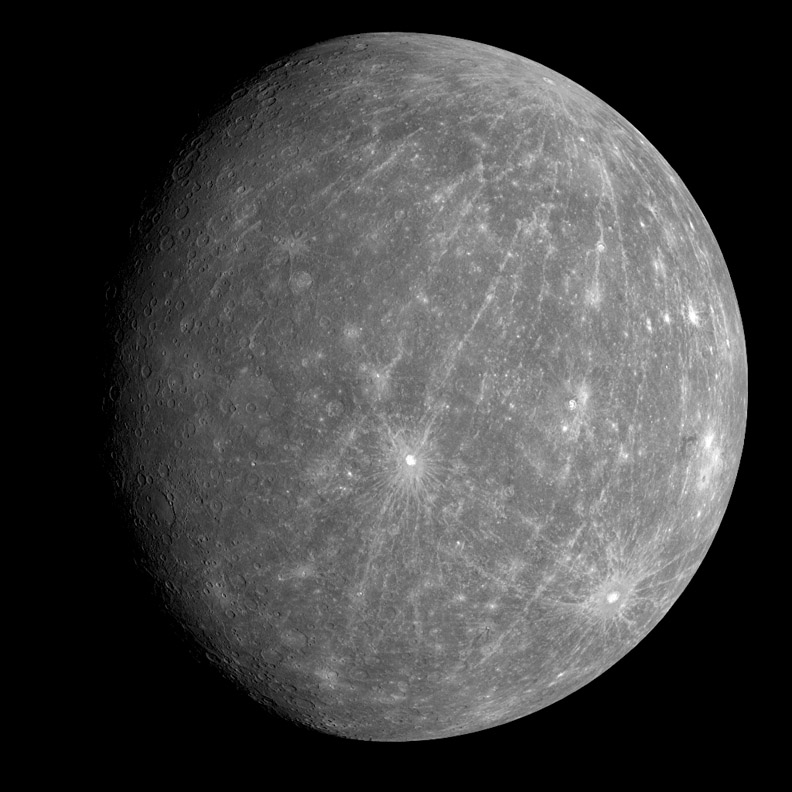Difference between revisions of "October 8, 2008"
(Created page with "__NOTOC__ =Ray World= <!-- ws:start:WikiTextHeadingRule:1:<h1> --> <!-- ws:start:WikiTextLocalImageRule:7:<img src="/file/view/LPOD-Oct8-08.jpg/41150581/LPOD-Oct...") |
|||
| (One intermediate revision by the same user not shown) | |||
| Line 1: | Line 1: | ||
__NOTOC__ | __NOTOC__ | ||
=Ray World= | =Ray World= | ||
| + | <!-- Start of content --> | ||
<!-- ws:start:WikiTextHeadingRule:1:<h1> --> | <!-- ws:start:WikiTextHeadingRule:1:<h1> --> | ||
<!-- ws:start:WikiTextLocalImageRule:7:<img src="/file/view/LPOD-Oct8-08.jpg/41150581/LPOD-Oct8-08.jpg" alt="" title="" /> -->[[File:LPOD-Oct8-08.jpg|LPOD-Oct8-08.jpg]]<!-- ws:end:WikiTextLocalImageRule:7 --><br /> | <!-- ws:start:WikiTextLocalImageRule:7:<img src="/file/view/LPOD-Oct8-08.jpg/41150581/LPOD-Oct8-08.jpg" alt="" title="" /> -->[[File:LPOD-Oct8-08.jpg|LPOD-Oct8-08.jpg]]<!-- ws:end:WikiTextLocalImageRule:7 --><br /> | ||
| Line 9: | Line 10: | ||
<em>[mailto:tychocrater@yahoo.com Chuck Wood]</em><br /> | <em>[mailto:tychocrater@yahoo.com Chuck Wood]</em><br /> | ||
<br /> | <br /> | ||
| + | <p><b>Yesterday's LPOD:</b> [[October 7, 2008|The Beginning]] </p> | ||
| + | <p><b>Tomorrow's LPOD:</b> [[October 9, 2008|Look-Alikes]] </p> | ||
<hr /> | <hr /> | ||
| − | |||
{{wiki/ArticleFooter}} | {{wiki/ArticleFooter}} | ||
Latest revision as of 20:25, 7 February 2015
Ray World

image from Messenger web site,
When Mariner 10 flew past Mercury in 1974 a lunar-like landscape was revealed with impact craters and smooth plains. As expected from Mercury's higher gravity compared to the Moon, the secondary craters did not extend as far from their primaries. Now with Messenger's 2nd flyby of Mercury new parts of the planet have been imaged for the first time, largely under high Sun conditions. This new wide field image shows a number of bright impact craters, surrounded by bright halos, and boasting long bright rays. The crater near the center is Kuiper, discovered during the Mariner flybys, but most of the other ray craters are new discoveries. The one near the top of the image is remarkable because of the length of its rays which appear to stretch about 1/4th of planet's circumference. Messenger scientists will measure the lengths of these rays and others, but it seems like they may be longer than anticipated from the higher gravity. But perhaps there is no problem at all, maybe they will scale exactly with the gravity. If we learn something new about rays here, will it apply to the Moon? I await the official report - and now I'm going to watch the debate!
Chuck Wood
Yesterday's LPOD: The Beginning
Tomorrow's LPOD: Look-Alikes
COMMENTS?
Register, Log in, and join in the comments.



